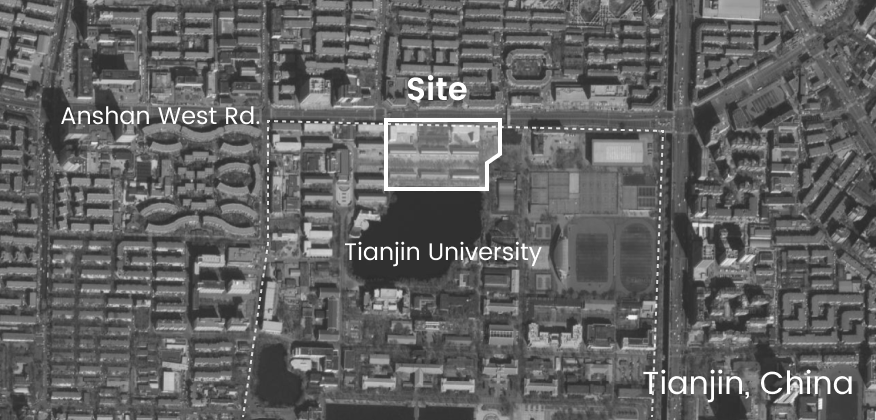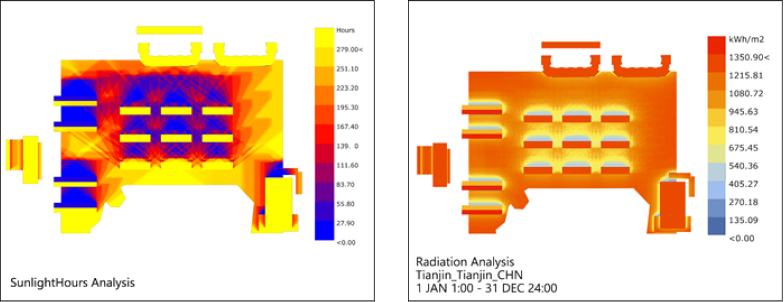Computational Design
“HYPERLINK”
Used PSO algorithm to emerge the design scheme.
OVERVIEW
A computational architectural design, based on Swarm Intelligence and Multi-Agent System theory, using PSO algorithm to generate the design scheme.
IDEATION
Site
We focus on designing a campus complex around 8,000~10,000 square meters, which is sited in our school campus, for the conveniece of data collection.
A “Hyperlink” relation between different space or rooms.
To enable our design, we need a decentralized, or “Rhizome” like, way of spacial organization.
There will be no corridors, which build up classes. Rooms are connected close to each other, like “Hyperlink” of the Internet.
My Role
Algorithm Design
Architecture Design
Team
Jiaxi
Shuozhi ·
Tool
Rhino
Grasshopper
Illustrator
Timeline
Set2020-Jan2021
Concpet
A bottom up design approach using MAS to emerge the outcome.
An architecture accommodates to residents’ behaviour.
A “Hyperlink“ spacial organization.
DATA GENERATION
By simulating the students’ behaviour in the campus, we could get the data reference we need for architecture design.
1.Build the behaviour model.
After an abundant reference in space-time path analysis of students’ typical behaviour patterns and our observation in campus, I built our students’ behaviour model.
It was then simplified to 5+1 patterns for the efficiency of computer simulation.
2.Build the Algorithm.
I created 6 types of partices as agents of students’ behaviour based on PSO algorithm. They will interact with themselves and each other, which constitutes a Multi-Agent System and would emerge the base of our architectural design.
3.Add the environmental factors:
Based on scenery, sunlight, radiation and noise of the site.
Then the 4 factors are multipied by a coefficient and turned into the functions of Attract, Repulse and Boundary.
I divided the site in a matrix and put the functions in it. The environment will later interact with the particles based on the matrix. (Each particle has one matrix)
Data Simulation Outcome:
The data of simulation tells us the behaviour distribution of students in different time in a day.
It covers how students move from one place to another, how students interact with other students, and how the environment affects students.
Then the architecture design will accommodate to users’ behaviour possibilities according to the simulation data.
Synthesized data:
ARCHITECTURAL DESIGN
Used 4 types of spcae modules to grow along the data
The final outcome:
Computational Design Scheme “Hyperlink“
Shuozhi Shen
2020




















